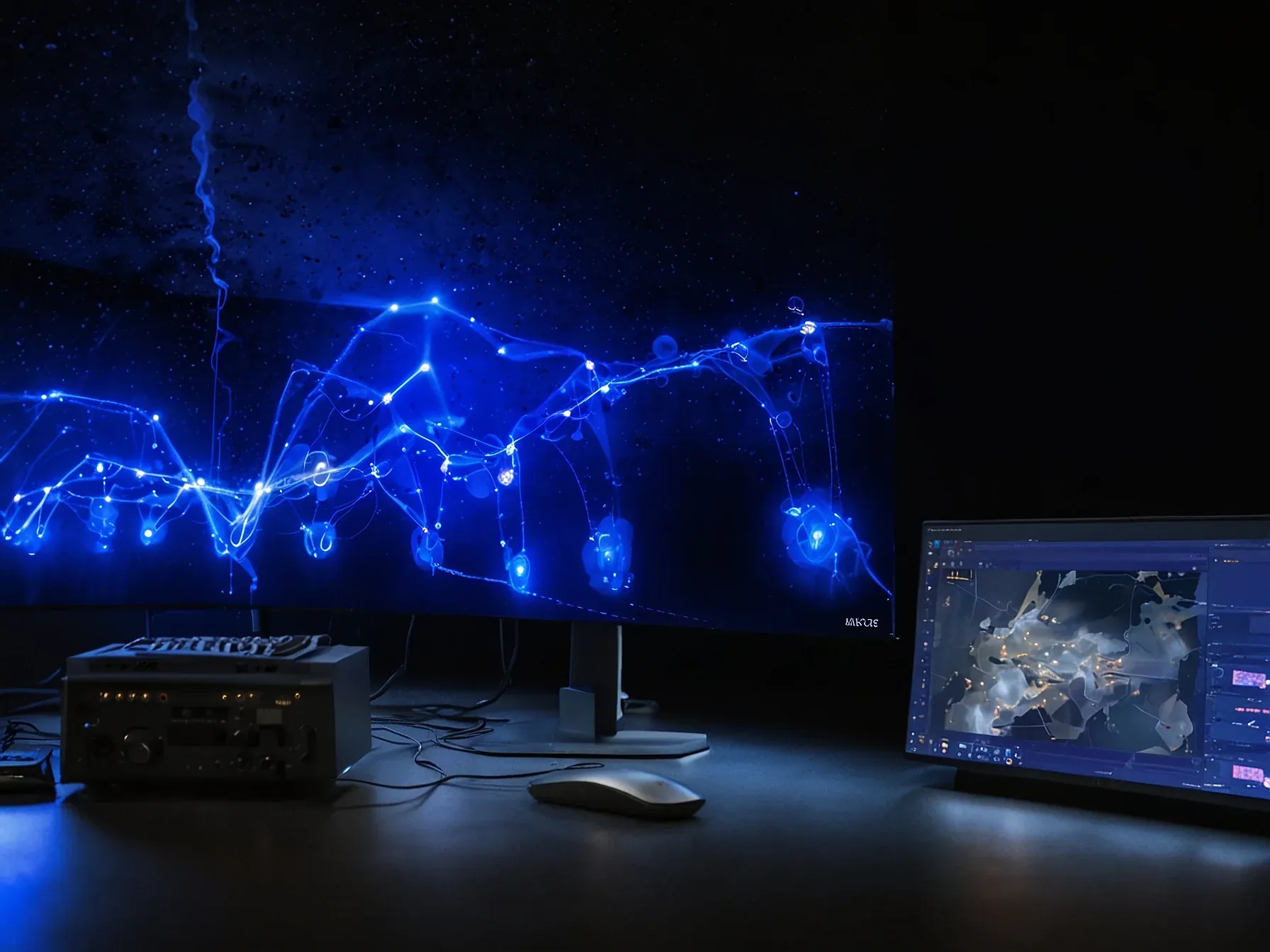
Claude Opus 4.5 Retains Reasoning Steps, Avoiding Forgetfulness in Long Tasks
Why does a model’s ability to remember its own reasoning matter when you’re stitching together dozens of code snippets or digging through a research paper? The latest benchmark pits Claude Opus 4.5 against GPT‑5.1 and Gemini 3 Pro, focusing on how each system handles extended, multi‑step tasks. While the headline touts “Claude Opus 4.5 Retains Reasoning Steps, Avoiding Forgetfulness in Long Tasks,” the real test is whether the model can keep track of choices made several turns ago without looping back to dead ends.
Early versions of these large language models often stumbled when a conversation stretched beyond a handful of prompts, losing the thread that led to a particular suggestion. That slip can force the system to recycle ideas that have already proven ineffective. The comparison aims to see if Opus 4.5 can break that pattern, preserving its internal “thinking blocks” as the dialogue progresses.
The answer, as the following quote explains, shows a noticeable shift in how the model treats its own past reasoning.
In long chains of coding or research, older models often forgot why they made a choice a few turns earlier. Opus 4.5 keeps its own thinking blocks intact from one step to the next. This stops it from repeating the same failed ideas.
It behaves like someone who remembers previous attempts with clarity. The model can zoom into small portions of a screen at full resolution. It uses this to catch minute details in documents or interfaces that other models miss.
A developer compared GPT-5.1, Gemini 3.0 and Opus 4.5 across three coding tasks to see how they behave in real work.
The three releases have reshaped expectations for how large models handle extended work. GPT‑5.1 arrived first, Gemini 3 Pro followed, and Claude Opus 4.5 closed the month. Unlike their predecessors, these systems no longer follow a single, linear chain of thought.
Older models often lost track of why a decision had been made several steps earlier, leading to repeated missteps. Opus 4.5, by contrast, retains its own reasoning blocks from one turn to the next, preventing the same failed ideas from resurfacing. It behaves like a researcher who can recall prior attempts with clarity, a trait that could streamline long‑form coding or investigative tasks.
Whether this memory‑preserving mechanism will consistently yield better outcomes across diverse domains remains uncertain. The shift toward non‑linear processing marks a notable departure from earlier designs, yet the practical impact of such a change will need further observation. For now, the evidence suggests a modest improvement in continuity, though broader validation is still pending.
Further Reading
- Claude Opus 4.5 Benchmarks and Analysis - Artificial Analysis
- Claude Opus 4.5 vs. ChatGPT 5.1: Full Report and Comparison of Models Features Performance Pricing - Data Studios
- Claude Opus 4.5 Benchmarks - Vellum AI
- Claude Opus 4.5: Benchmarks, Agents, Tools, and More - DataCamp
Common Questions Answered
How does Claude Opus 4.5 prevent forgetfulness in long, multi‑step coding tasks compared to older models?
Opus 4.5 retains its own reasoning blocks from one turn to the next, so it remembers why a particular coding choice was made. This prevents the model from repeating failed ideas and keeps the development flow coherent across dozens of code snippets.
What advantage does Claude Opus 4.5 show over GPT‑5.1 and Gemini 3 Pro when analyzing extended research papers?
In the benchmark, Opus 4.5 not only keeps track of earlier reasoning steps but also can zoom into small screen portions at full resolution, catching minute details that other models miss. This combination lets it maintain context over many paragraphs while extracting fine‑grained information.
What does the article mean by “Opus 4.5 keeps its own thinking blocks intact from one step to the next”?
The phrase describes the model’s ability to store each intermediate reasoning segment as a discrete block, preserving the logic behind decisions made several turns earlier. By doing so, Opus 4.5 avoids losing the rationale behind actions, which older models often did.
How have GPT‑5.1, Gemini 3 Pro, and Claude Opus 4.5 reshaped expectations for large models handling extended work?
All three releases move away from a single, linear chain of thought, allowing more flexible, multi‑step processing. Claude Opus 4.5 further raises the bar by explicitly retaining reasoning steps, reducing repeat errors and improving performance on long‑duration tasks such as complex coding or deep research.




